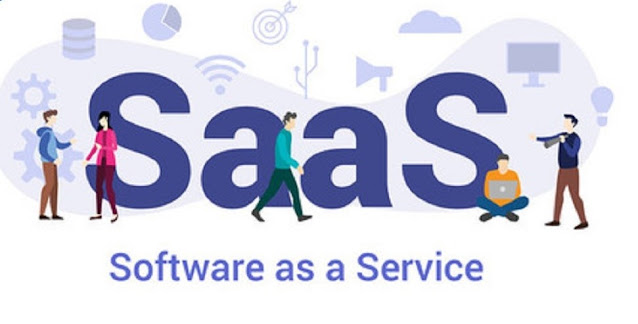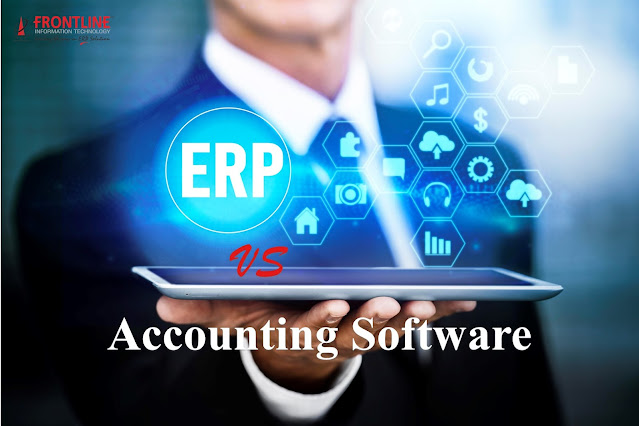E-Invoicing in the United Arab Emirates: A Comprehensive Overview
The United Arab Emirates (UAE) is advancing its digital transformation by implementing mandatory electronic invoicing (e-invoicing). This initiative aims to enhance tax compliance, streamline business operations, and align with global digital standards. Enterprise Resource Planning (ERP) software plays a pivotal role in facilitating this transition, offering businesses the tools needed to adapt effectively.
Understanding E-Invoicing
E-invoicing involves the electronic exchange of invoice documents between suppliers and buyers in a structured format, allowing for automatic and electronic processing. This system replaces traditional paper-based invoicing, reducing errors, and improving efficiency. In the UAE, e-invoicing is recognized under Federal Decree-Law No. 14 of 2023, which mandates digital traders to provide customers with detailed digital invoices for purchases made through technological means.
Key Requirements
To comply with the UAE's e-invoicing regulations, businesses must ensure:
Digital Format: Invoices must be created in a structured digital format, such as XML or JSON.
Standardization: Adherence to the Peppol-based model, a widely recognized framework for secure and efficient exchange of electronic invoices.
Compliance: Alignment with the Federal Tax Authority (FTA) guidelines and VAT regulations.
Implementing e-invoicing systems significantly transforms business operations, offering enhanced efficiency, cost savings, and improved compliance. A pivotal component in this transformation is the Pan-European Public Procurement Online (Peppol) framework, which standardizes electronic document exchange across organizations. However, the integration of e-invoicing software, especially within the Peppol framework, presents several challenges and benefits that organizations must consider.
Challenges in Implementing E-Invoicing Software
Regulatory Complexity: Navigating diverse e-invoicing regulations across different countries can be daunting for multinational companies. Each jurisdiction may have unique requirements, making compliance a complex task.
System Integration: Integrating e-invoicing solutions with existing Enterprise Resource Planning (ERP) systems can be challenging, particularly for businesses with outdated or complex infrastructures. Ensuring seamless data flow between systems is crucial for operational efficiency.
Data Security and Privacy: Handling sensitive financial information necessitates robust data security measures. Compliance with global data protection laws, such as the General Data Protection Regulation (GDPR), adds another layer of complexity.
Interdepartmental Coordination: Aligning various departments—such as IT, finance, and operations—each with distinct priorities and workflows, is essential for successful e-invoicing implementation. Effective communication and workflow adjustments are crucial to overcome this challenge.
Benefits of the Peppol Framework in E-Invoicing
The Peppol framework offers several advantages that can mitigate some of the challenges associated with e-invoicing implementation:
Standardization: Peppol provides a standardized framework for e-invoicing, ensuring consistency and compatibility across different systems and organizations. This standardization reduces errors and facilitates seamless communication.
Cost Efficiency: By eliminating manual processes and paper invoices, Peppol leads to significant cost savings. Businesses can typically save 80–100% of postage costs related to paper invoices. Additionally, automated processes save numerous person-hours.
Interoperability: Peppol creates a standardized network that facilitates cross-border transactions, simplifying the exchange of electronic documents between businesses and government entities, regardless of their geographic location.
Improved Data Accuracy: The framework reduces data entry errors by automating the invoicing process, leading to improved transaction accuracy and faster processing times.
Implementation Timeline in the UAE
The UAE Ministry of Finance (MoF) has outlined a phased approach for the implementation of e-invoicing:
Q4 2024: Accreditation of e-invoicing solution providers and development of technical requirements.
Q2 2025: Legislative updates related to e-invoicing by the MoF.
July 1, 2026: Mandatory adoption of e-invoicing for Business-to-Business (B2B) and Business-to-Government (B2G) transactions.
The MoF has released a public consultation document to gather feedback on the e-invoicing implementation, with the consultation period open until February 27, 2025.
The Role of ERP Software in Digital Transformation
ERP systems are integral to the digital transformation of businesses, providing a centralized platform to manage various operations. Key benefits include:
Process Optimization: ERP systems automate and standardize processes, reducing manual work and minimizing errors.
Real-Time Data Access: They offer real-time visibility into business operations, enabling informed decision-making.
Enhanced Collaboration: By integrating various departments, ERP systems foster cross-functional collaboration and break down communication barriers.
Scalability and Flexibility: Modern ERP solutions are adaptable, allowing businesses to scale operations and customize functionalities to meet evolving needs.
ERP's Impact on E-Invoicing Adoption
Implementing e-invoicing requires businesses to integrate their invoicing processes with digital platforms. ERP systems facilitate this by:
Seamless Integration: ERP platforms can be configured to generate, send, and receive e-invoices in compliance with regulatory standards.
Compliance Management: They ensure that invoicing processes adhere to local and international regulations, reducing the risk of non-compliance.
Data Accuracy: Automated data entry and processing minimize errors, ensuring the accuracy of financial records.
Preparing for the Transition
Businesses in the UAE should take proactive steps to prepare for the mandatory e-invoicing implementation:
Conduct a Gap Analysis: Assess current invoicing processes to identify areas that need alignment with the new e-invoicing framework.
Develop a Project Plan: Outline a timeline with milestones and responsibilities to ensure a smooth transition.
Engage with Solution Providers: Collaborate with accredited e-invoicing solution providers to implement compliant systems.
Conclusion
Implementing e-invoicing software within the Peppol framework offers numerous benefits, including standardization, cost efficiency, interoperability, and improved data accuracy. However, businesses must navigate challenges such as regulatory complexities, system integration issues, data security concerns, and the need for interdepartmental coordination. By understanding these challenges and leveraging the advantages of the Peppol framework, organizations can effectively transition to a more efficient and compliant e-invoicing system.
More Info: https://mof.gov.ae/einvoicing/




Comments
Post a Comment